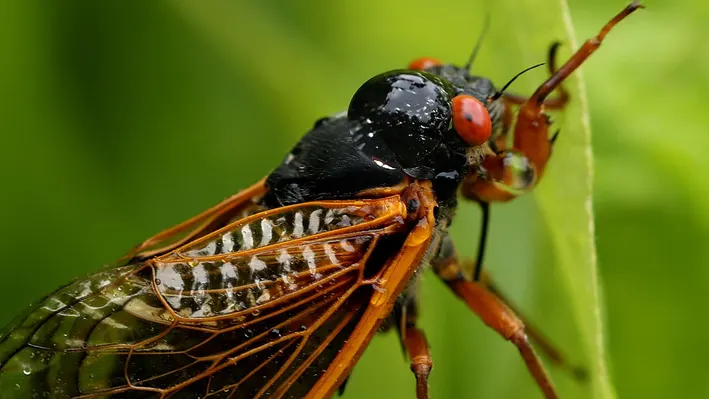Cicadas: The Enigmatic World of These Mysterious Insects
Cicadas: The Enigmatic World of These Mysterious Insects
In the realm of insects, few capture the imagination quite like the cicadas. These enigmatic creatures, known for their deafening choruses and long periods of dormancy, have fascinated scientists and laypeople alike for centuries. Join us on a journey into the intriguing world of cicadas, where we uncover their secrets, unravel their mysteries, and explore their profound impact on ecosystems and cultures around the globe.
**Unveiling the Cicada Lifecycle**
One of the most remarkable aspects of cicadas is their unique lifecycle, characterized by long periods spent underground followed by brief but intense above-ground appearances. Known as periodical cicadas, these insects spend years, often up to 17, underground as nymphs, feeding on tree roots. When the time is right, they emerge in massive numbers, shedding their exoskeletons to reveal their adult forms. This synchronized emergence, occurring in specific cycles, is a spectacle to behold and a marvel of nature’s timing.
**The Songs of Summer: Understanding Cicada Choruses**
If you’ve ever experienced the deafening cacophony of a cicada chorus on a hot summer day, you know just how mesmerizing—and, for some, maddening—it can be. Male cicadas produce these loud, buzzing calls using specialized structures called tymbals, which they vibrate rapidly to create their distinctive songs. While primarily a mating call, cicada choruses also serve as a defense mechanism, overwhelming potential predators with noise.
**Ecological Impacts: Cicadas as Keystone Species**
Despite their ephemeral above-ground existence, cicadas play a crucial role in the ecosystems they inhabit. As both nymphs and adults, they serve as a vital food source for numerous predators, including birds, mammals, and even other insects. Their periodic emergence can also have profound effects on forest ecology, influencing nutrient cycling, plant growth, and predator populations. In some cases, entire ecosystems have evolved in tandem with cicada cycles, highlighting the interconnectedness of species within natural systems.
**Cultural Significance: Cicadas in Mythology and Folklore**
Throughout history, cicadas have captured the human imagination and found their way into countless myths, legends, and cultural traditions. From ancient Greece and China to indigenous cultures around the world, these insects have been revered as symbols of rebirth, immortality, and transformation. Their cyclical emergence has inspired rituals, artwork, and literature, serving as a reminder of nature’s cyclical rhythms and the resilience of life itself.
**Conservation Concerns and Future Outlook**
While cicadas have thrived for millions of years, they are not immune to the threats posed by habitat loss, climate change, and human activity. Conservation efforts aimed at preserving their habitats and understanding their ecological roles are essential for ensuring their continued survival. By studying cicadas, we gain valuable insights into broader ecological processes and the delicate balance of life on Earth.
**Conclusion**
Cicadas may be small in size, but their presence looms large in the natural world and the human imagination. From their mysterious underground lives to their awe-inspiring above-ground appearances, these insects embody the beauty and complexity of nature. By delving into the world of cicadas, we gain a deeper appreciation for the interconnected web of life that sustains us all—and perhaps a newfound sense of wonder at the wonders of the natural world.




